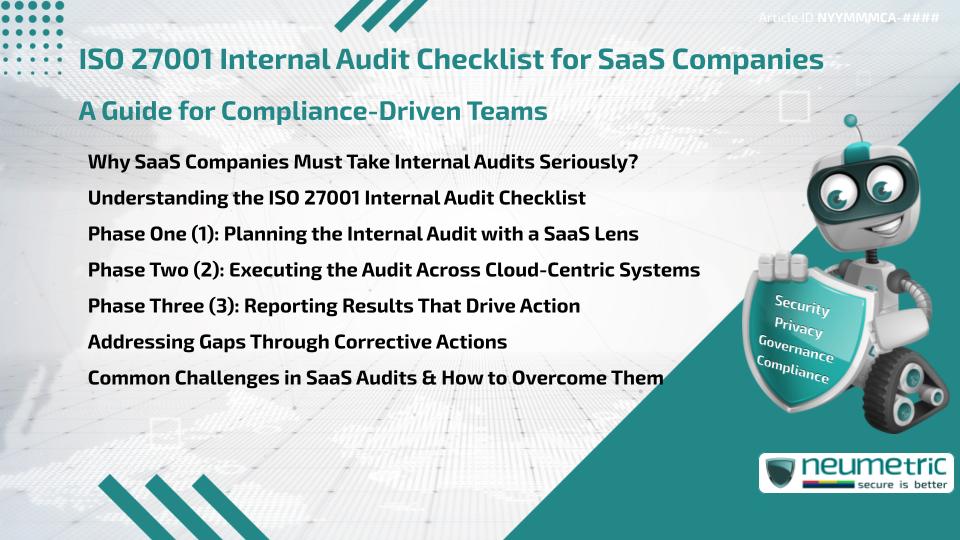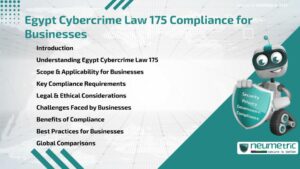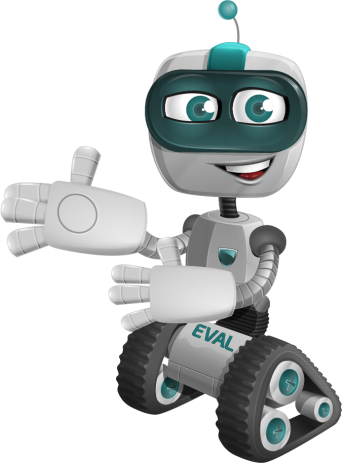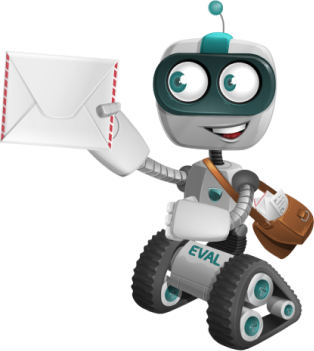Table of Contents
ToggleIntroduction
For Software-as-a-Service [SaaS] providers, Compliance is more than a checkbox. It’s foundational to trust & Business Continuity. Performing a structured Internal Audit is a central part of ISO 27001 readiness & ongoing Governance. This article unpacks the ISO 27001 Internal Audit Checklist for SaaS companies & helps Compliance teams align technical controls with business goals.
Why SaaS Companies Must Take Internal Audits Seriously?
Unlike traditional businesses, SaaS companies often operate entirely in Cloud-native environments. This means that controls over data storage, access & transmission are distributed across multiple platforms. The ISO 27001 Internal Audit Checklist for SaaS companies is essential to identify whether those controls are not just documented but truly functional.
A well-executed Audit identifies misalignments between declared policy & actual practice. This is critical for SaaS platforms that handle sensitive Customer Data, especially in regulated industries.
Understanding the ISO 27001 Internal Audit Checklist
The Checklist is not just a list of tasks—it’s a practical roadmap. It helps teams evaluate how well their [Information Security Management System (ISMS)] aligns with ISO 27001 Standards. For SaaS companies, key Audit areas often include:
- Logical Access Control
- Change management
- Cloud provider responsibilities
- Encryption & key management
- Monitoring & logging
Each item on the ISO 27001 Internal Audit Checklist for SaaS companies should map to Annex A controls.
Phase One (1): Planning the Internal Audit with a SaaS Lens
SaaS companies need a tailored approach to Audit planning. Consider these aspects:
- Define Scope: Focus on multi-tenant platforms, API integrations & Third Party components.
- Select the Audit Team: Independence is critical. Choose Auditors who understand Cloud architecture but are not involved in day-to-day operations.
- Customise the Checklist: Include specific controls from shared responsibility models used with platforms like AWS or Azure.
- Schedule the Audit: Plan around product development cycles to avoid disruption.
Tools like Confluence templates can be useful for planning & documenting this phase.
Phase Two (2): Executing the Audit Across Cloud-Centric Systems
During execution, Auditors collect evidence & evaluate controls. In SaaS environments, this often involves:
- Reviewing system configuration files
- Accessing CI/CD logs
- Interviewing DevOps & product engineering teams
- Inspecting identity & access management rules
All findings must be documented. Use screenshots, access records & policy extracts to validate each entry in the ISO 27001 Internal Audit Checklist for SaaS companies.
Phase Three (3): Reporting Results That Drive Action
An Audit report must be clear, concise & actionable. Include:
- A summary of strengths & weaknesses
- A detailed list of nonconformities
- Impact ratings for each finding
- Recommended Corrective Actions
Every report should link each nonconformity back to a specific ISO 27001 clause. Use tools like SimpleRisk to format & store Audit results securely.
Addressing Gaps Through Corrective Actions
A Checklist alone does not ensure Compliance. The real work starts after findings are documented. Here’s how SaaS teams should approach Corrective Action:
- prioritise based on Risk & impact
- Assign remediation owners with clear deadlines
- Document evidence of resolution
- Re-Audit high-Risk areas if needed
Audit logs are crucial for tracking closure & demonstrating Continuous Improvement.
Common Challenges in SaaS Audits & How to Overcome Them
SaaS Audits can be tricky due to their dynamic environments. Watch out for:
- Incomplete Asset Inventories: Use automated discovery tools.
- Ambiguity in Roles & Responsibilities: Rely on a defined RACI matrix.
- Too Much Focus on External Providers: Remember that ISO holds you responsible for Third Party Risks.
- Lack of Documentation: Record decisions & practices clearly for repeatability.
Awareness of these challenges ensures that the ISO 27001 Internal Audit Checklist for SaaS companies delivers real value.
Takeaways
- SaaS environments require a Cloud-aware approach to Internal Audits.
- A customized Checklist is the backbone of ISO 27001 Audit success.
- Planning, execution & reporting must reflect SaaS-specific challenges.
- Corrective Action & Documentation are key to Continuous Improvement.
- Tools & templates reduce manual overhead & Standardize efforts.
FAQ
What is the ISO 27001 Internal Audit Checklist for SaaS companies?
It is a customized guide to assess Security Controls in Cloud-based SaaS environments to ensure alignment with ISO 27001 Standards.
How is Auditing different for SaaS companies compared to traditional firms?
SaaS Audits focus on virtualized environments, CI/CD workflows & Third Party Cloud providers which differ from on-premise models.
How often should SaaS companies conduct ISO 27001 Internal Audits?
At least once a year. However, rapidly evolving environments may require quarterly or event-based Audits.
Who should use the ISO 27001 Internal Audit Checklist for SaaS companies?
Compliance officers, IT security leads & Audit teams within Cloud-native SaaS firms.
Do Third Party vendors fall under SaaS Internal Audits?
Yes. ISO 27001 expects Organisations to assess & monitor Third Party security practices as part of their Information Security Management Systems [ISMS].
Is ISO 27001 Certification required for SaaS startups?
Not always, but it is highly recommended if the SaaS product deals with Sensitive Data or targets enterprise clients.
How do SaaS firms track nonconformities?
Via Audit logs & tracking tools that assign responsibility & verify resolution with timestamps.
Can a SaaS company do its own Audit?
Yes, as long as the Auditor is independent of the process being Audited & understands SaaS systems.
Need help?
Neumetric provides organisations the necessary help to achieve their Cybersecurity, Compliance, Governance, Privacy, Certifications & Pentesting goals.
Organisations & Businesses, specifically those which provide SaaS & AI Solutions, usually need a Cybersecurity Partner for meeting & maintaining the ongoing Security & Privacy needs & requirements of their Clients & Customers.
SOC 2, ISO 27001, ISO 42001, NIST, HIPAA, HECVAT, EU GDPR are some of the Frameworks that are served by Fusion – a centralised, automated, AI-enabled SaaS Solution created & managed by Neumetric.
Reach out to us!





